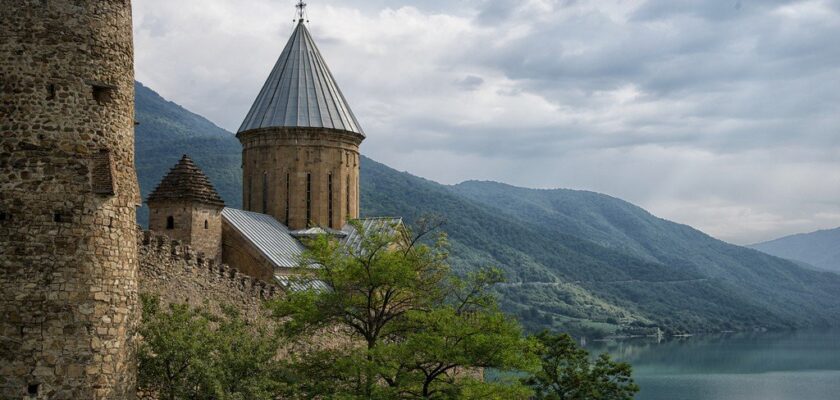Ananuri Fortress
Ananuri Fortress is a well-preserved medieval citadel located 65 km north of Tbilisi. The picturesque fortress is recognized as one of the best monuments of late feudal Georgia. In 2012, it was included in the list of UNESCO World Heritage Sites, so the image of Ananuri can be seen in any tourist guidebook.
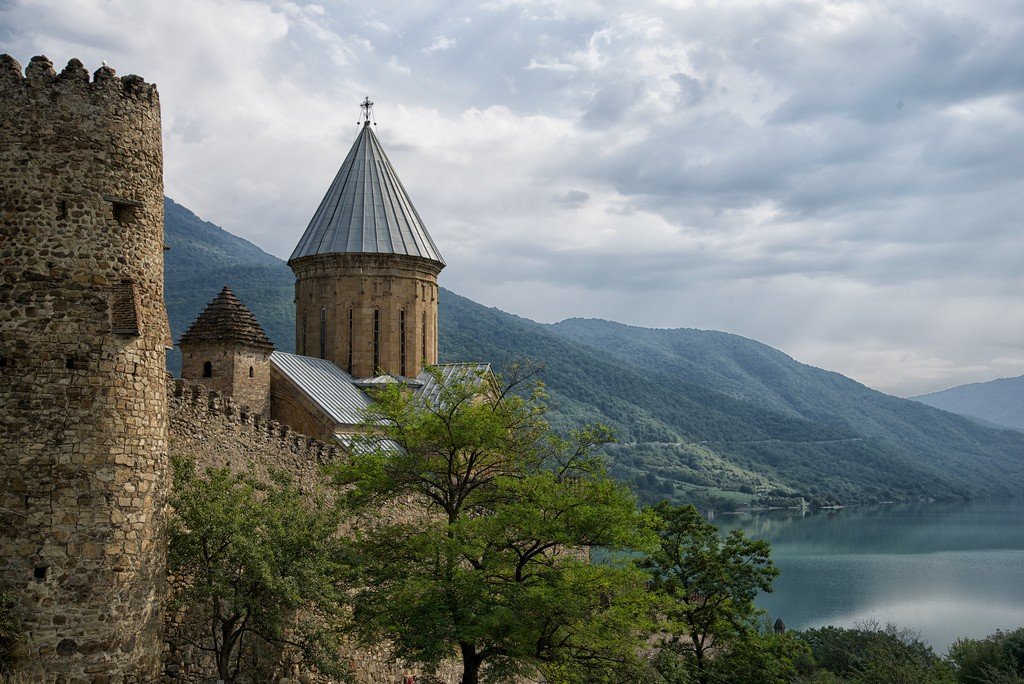
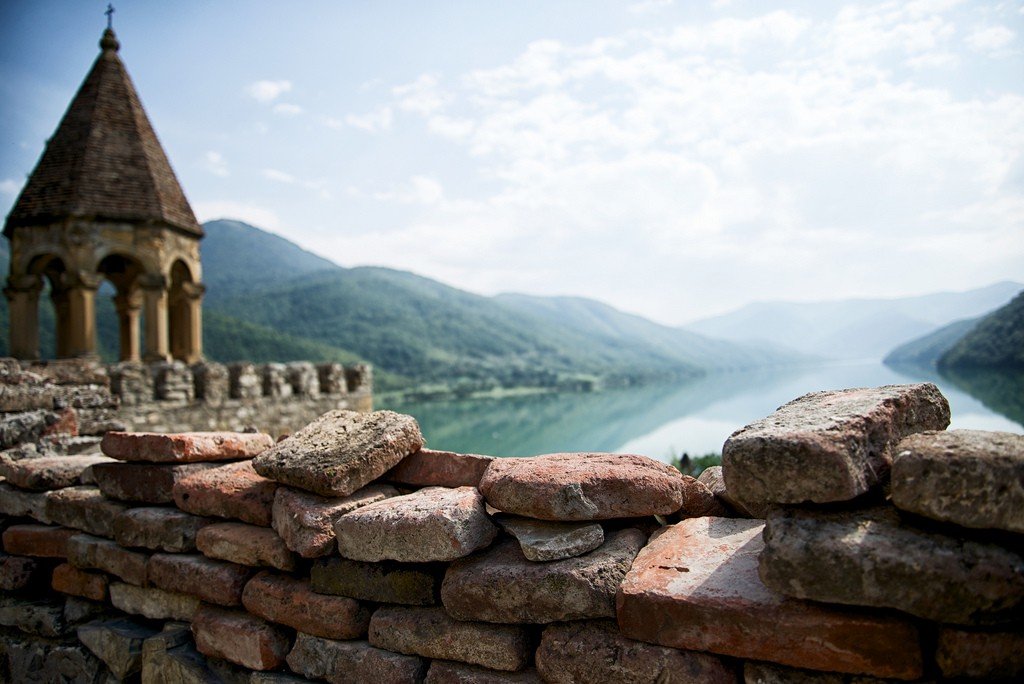
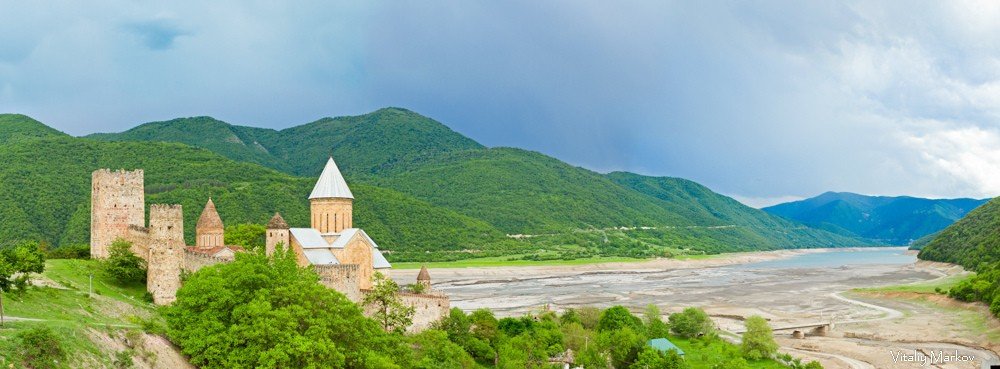
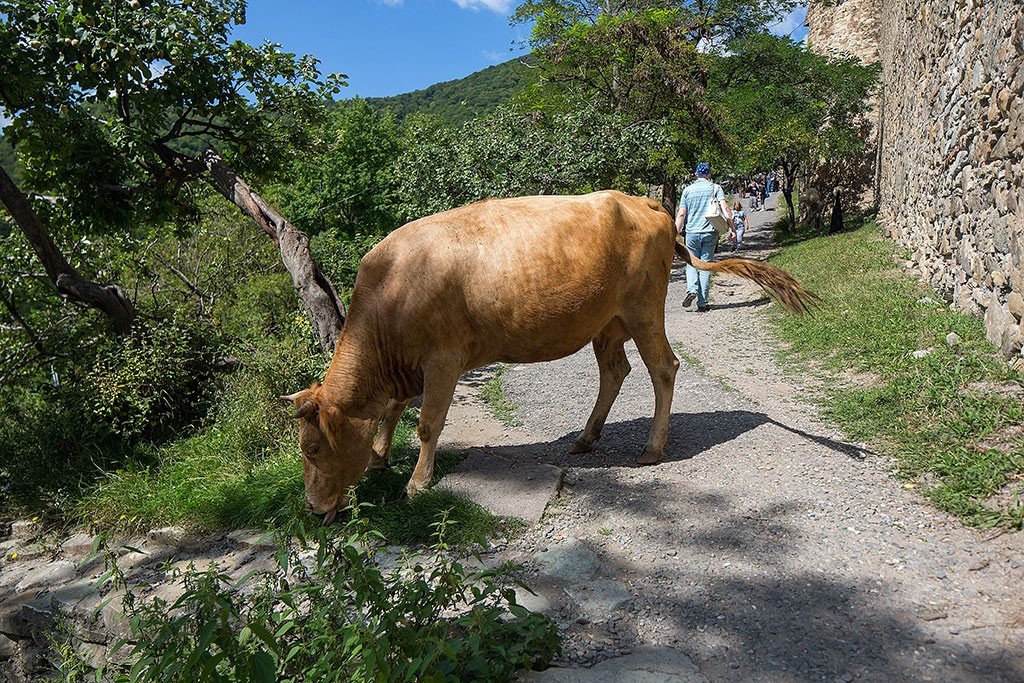
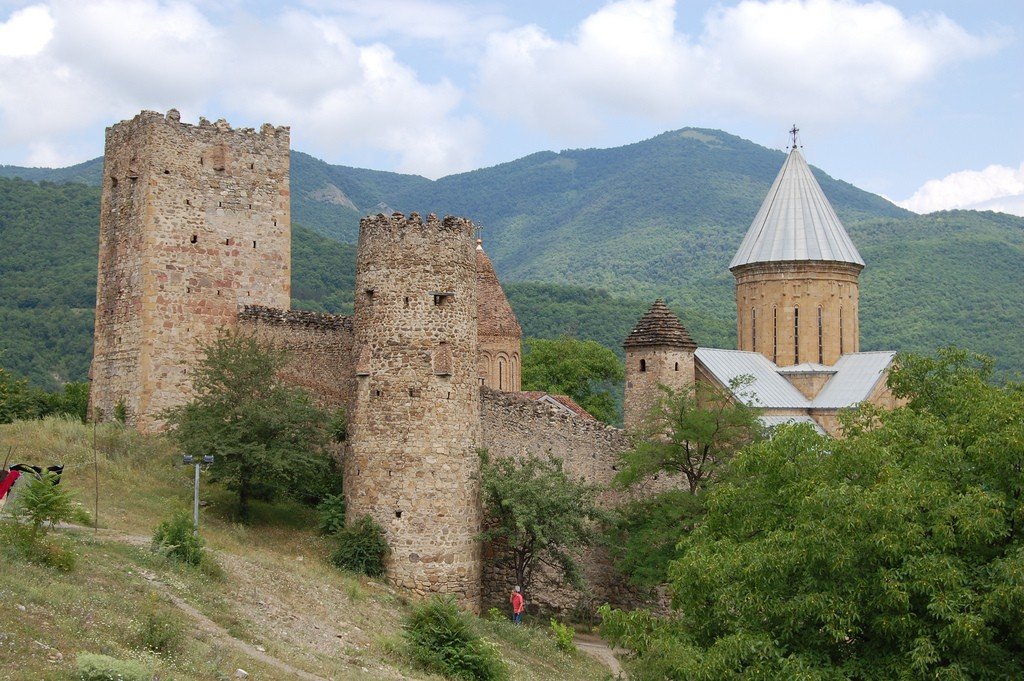
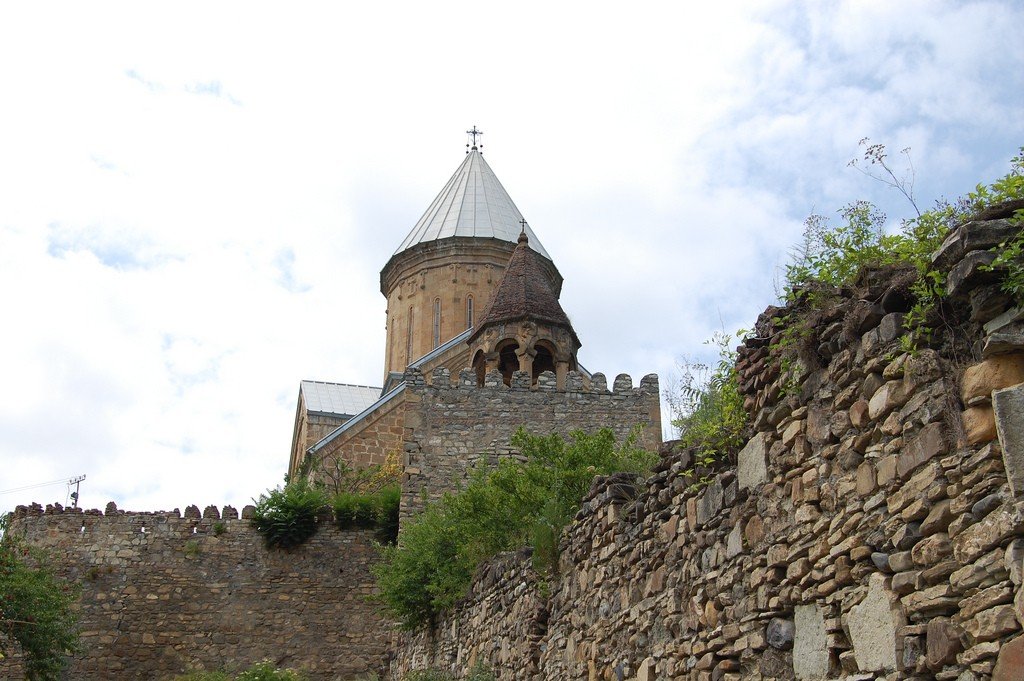
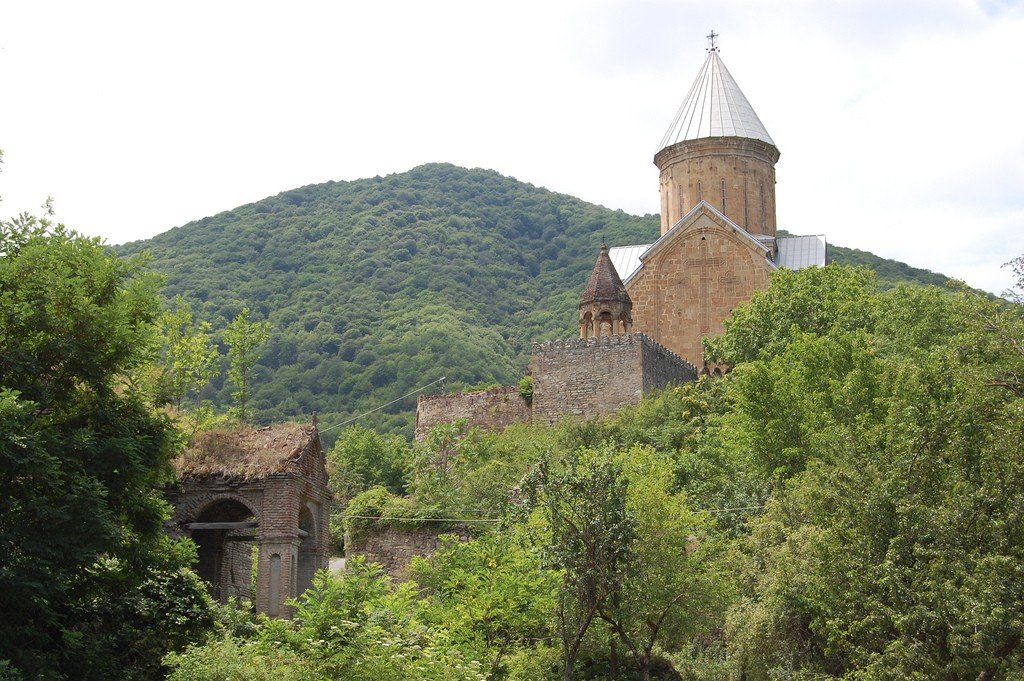
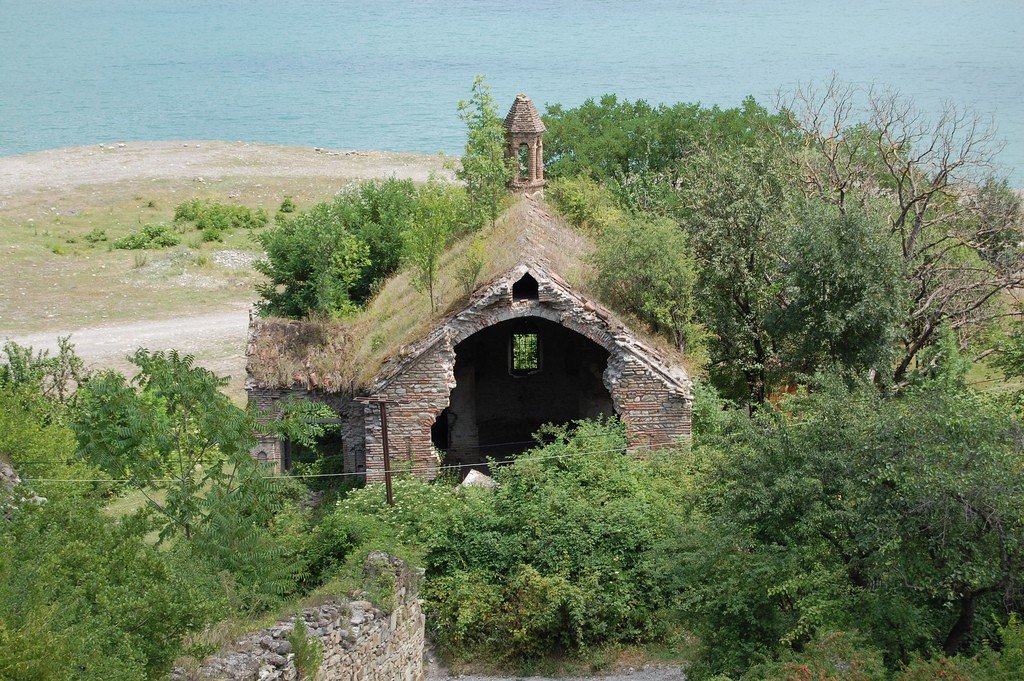
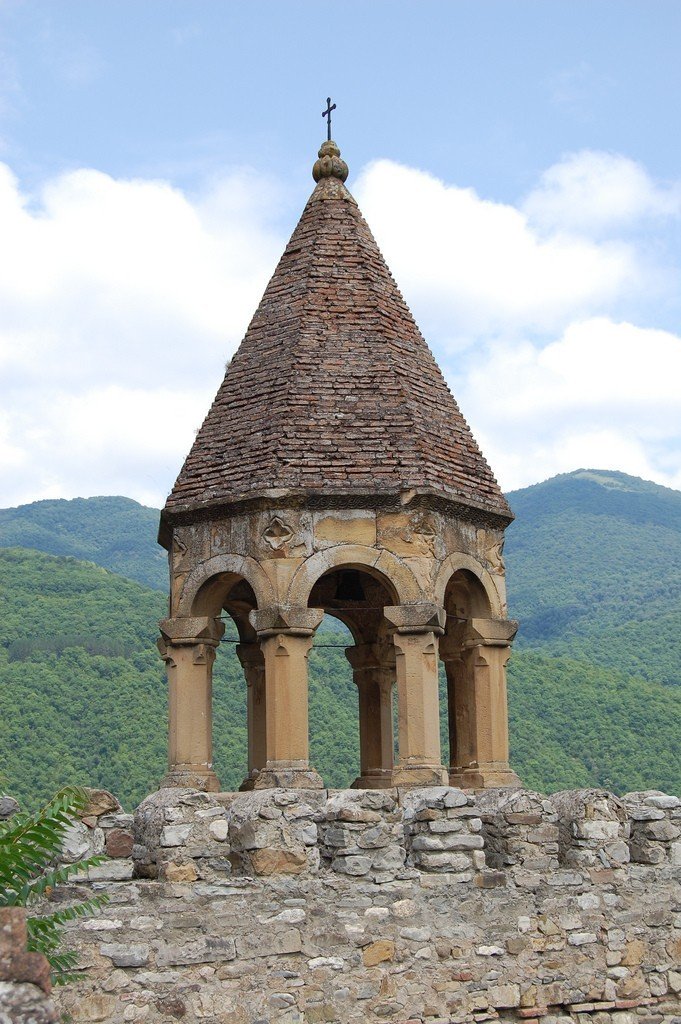
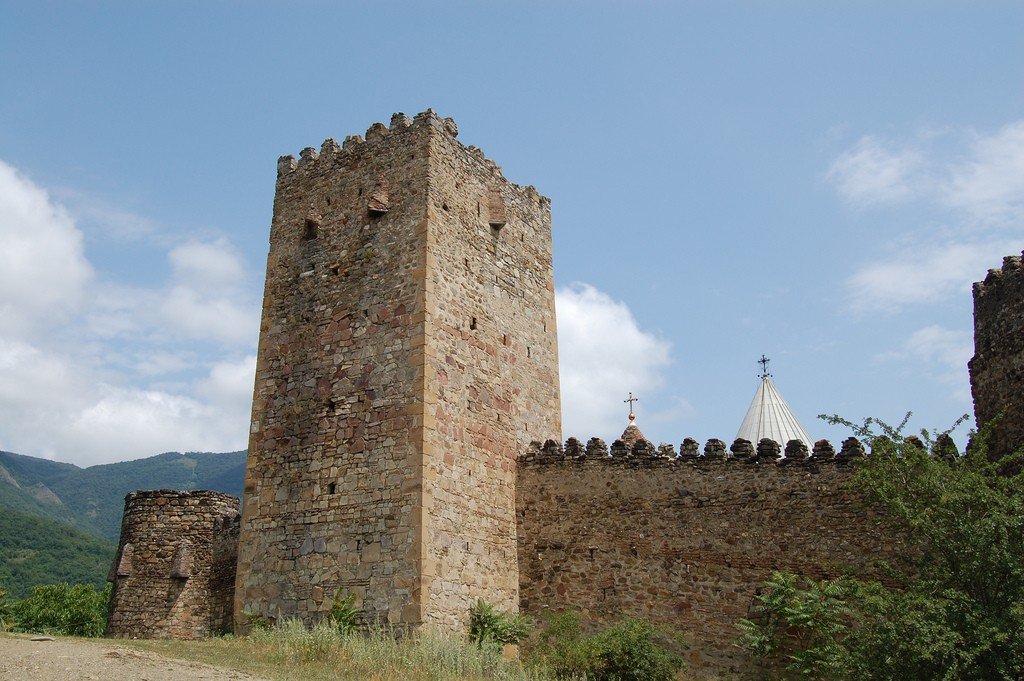
Video: Ananuri Fortress
ContentsHighlights
The powerful fort served the Georgian princes, the Eristavs, who ruled the Aragvi Valley. Thanks to it, they could control the exit from the Daryal Gorge. The road and the bridge that can be seen today are new. The old road is located below the fortress, and nowadays it is partially flooded by the Zhinvali reservoir.
.
Stone bastions stand above the village of Ananuri. Behind the walls of the citadel, defensive towers, temples and a small bell tower have been preserved. A tall square tower dominates the entire fortress. Such bastions were erected on medieval forts before the invention of firearms. The lower fortress was badly destroyed, so only the one-nave church or Mkurnali has survived. This small church is built of rubble stone and has two windows and two entrances. The exact time of its construction is unknown, but according to experts it could have been in the second half of the 16th century or in the beginning of the 17th century.
.Ananuri Fortress once had its own aqueduct, and water was supplied from a spring located on a neighboring mountainside. The water storage pools are covered with a layer of plaster. They are very well preserved to this day.
.Today, tourist buses with excursionists often approach the fortress. You can visit inside the fortress walls any day from 9.00 to 19.00.
.
History of Ananuri Fortress
Until the 1720s, there are no records mentioning the medieval citadel or the inhabitants of the surrounding valleys. It is only known that the Ananuri fortress enclosed the central part of the princely possessions, and during enemy attacks served as a cover, helping the locals to retreat into the mountains.
In 1739 the citadel was stormed by Lezgin troops, and in 1795 the defenders of the fortress managed to repel an attack by the troops of the Persian Shah Agha-Magomed Khan. At the beginning of the XIX century, when Georgia joined Russia, the fort continued to play an important military role. It was garrisoned by Russian soldiers who guarded the road linking Russia and Georgia. After the Russian units left the Aragvi Valley, Ananuri fortress stood in disrepair for a long time..What can be seen in the fortress today
The Ananuri Fortress has large and small domed churches, a bell tower and a tower. The Gvtaeba or small domed church looks ascetic and has no external or internal decoration. Its walls are built of bute and the drum is made of brick.
.The Great Church of the Assumption, erected in 1689, has two floors. A staircase built into the walls leads upstairs. Unfortunately, only small fragments of the old frescoes have survived. In contrast, the stone carvings on the facades of the building look beautiful. You can see figures of people, birds, animals and bunches of grapes. Judging by the different style and technique of execution over the decoration of the church worked several masters.
.
Near the Church of the Assumption rises a stone tower. Its corners are made of hewn stone, and part of the wall is made of rubble stone. The tower has four floors. It used to be plastered, but today only small fragments of the old plaster can be seen.
.How to get there
Ananuri Fortress is located on the Georgian Military Road, on the bank of the Zhinvali Reservoir. To get here from Tbilisi, you need to get on any minibus heading towards Gudauri, Stepantsminda or Pasanauri.
.
